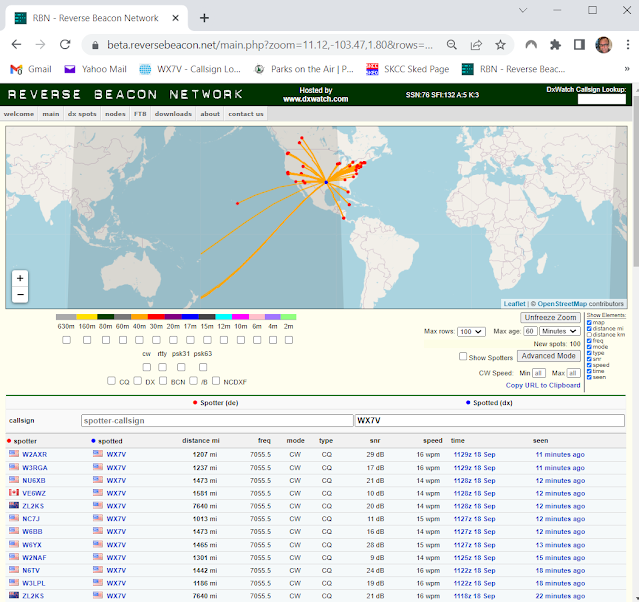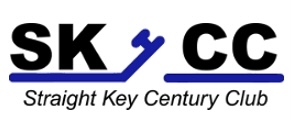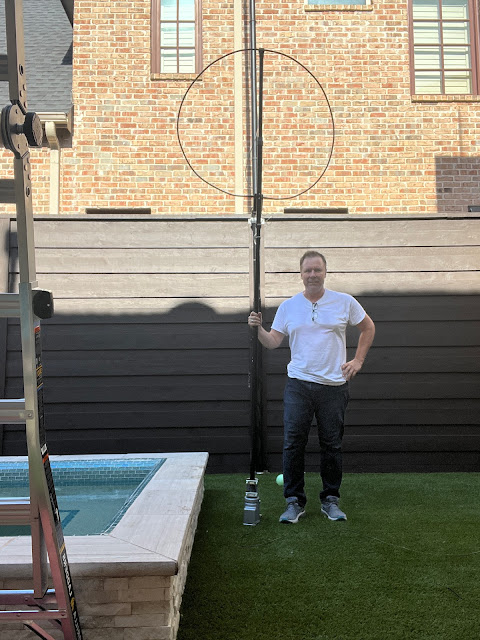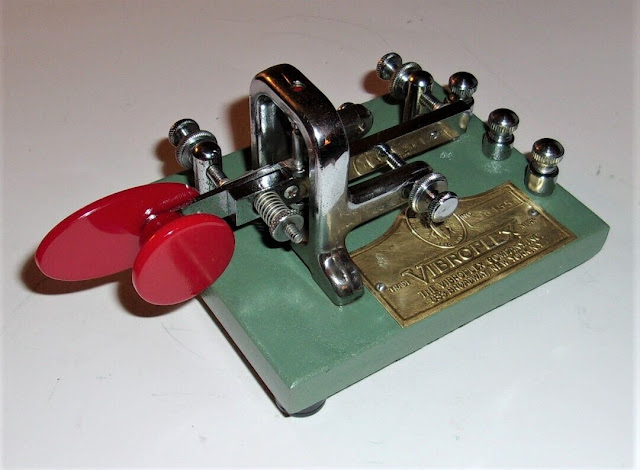Mosley Mini-32A Beam

Just before Christmas I got the Mosley Mini-32A two element triband antenna installed on the roof top at about 35 feet. The job took two roofers about 4 hours to install and they did a fantastic work. The majority of their time was spent in the attic adding the blocking and the braces required to support the roof-top tower as recommended by W8IO. I believe the tower was made by Glen Martin but not 100% sure since I got it in a trade Grant, W5XJ. The mast is 1.5 inch EMC. I used a Yaesu G-450ADC Medium-Duty Rotator, and a Yaesu GS-065 thrust bearing. The tower is grounded to an 8ft ground rod right outside the entrance to my shack. The antenna is fed with 100ft of brand new RG-213 coax. Mosley does a great job packing and shipping the kit. The material is top quality. The instructions were clear and easy enough to follow. I assembled the antenna about 7ft off the ground and completed the test recommended in the manual and added the RF choke at the feedpoint. I tuned the ant










